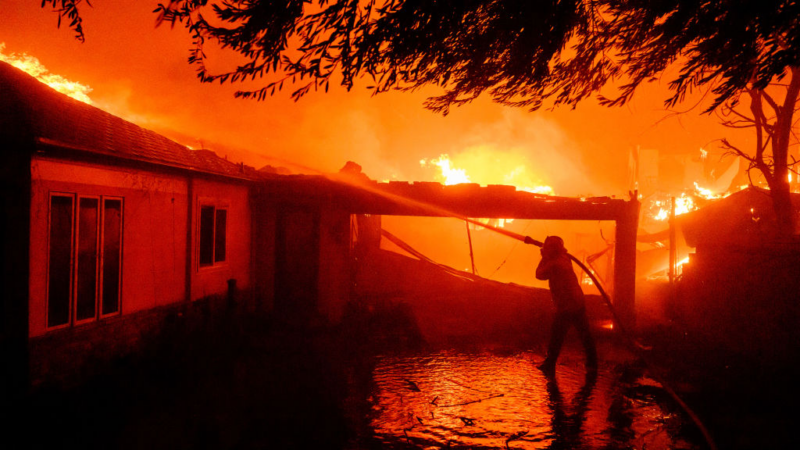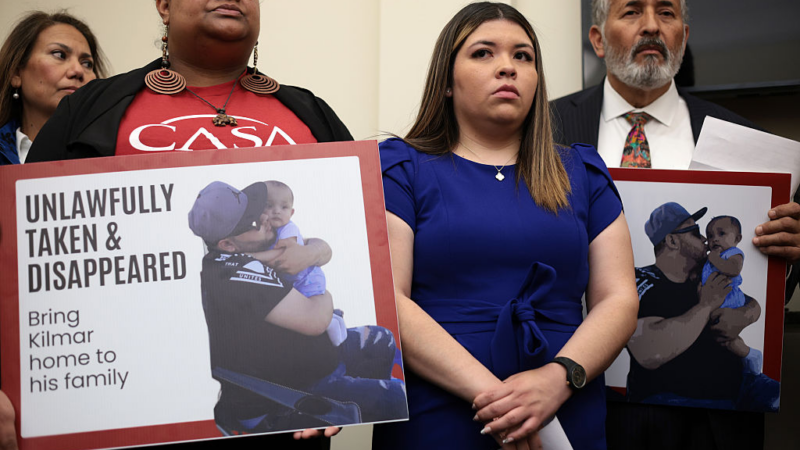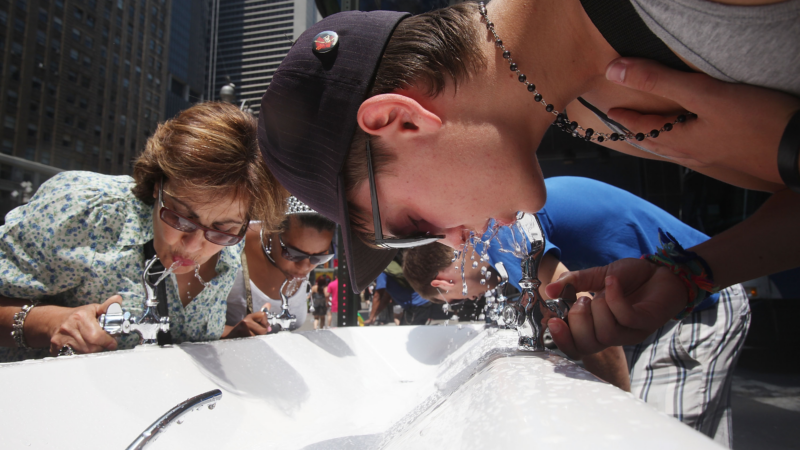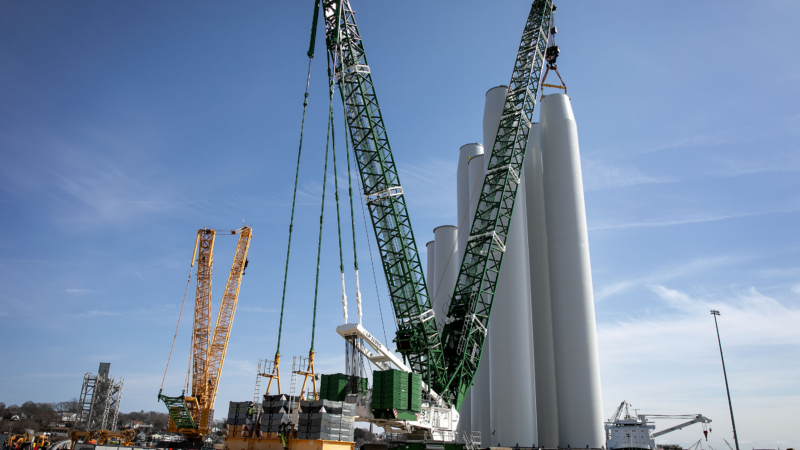What’s a ‘Particularly Dangerous Situation’ red flag warning and other wildfire terms
This is a developing story. For the latest local updates head to LAist.com and sign up for breaking news alerts.
A “particularly dangerous situation red flag warning” has been issued for parts of Southern California, as more extreme winds are expected to impact the region and deadly fires continue to burn.
The rare, National Weather Service-issued PDS warning is for “extremely rare and dangerous fire weather conditions that have previously led to large and dangerous deadly wildfires.”
In effect for parts of Los Angeles and Ventura counties through noon Wednesday, the PDS red flag warning signals that “this setup is about as bad as it gets,” the NWS says.
But as member station LAist reports, the PDS red flag warning has already been issued a few other times in recent months — an indication of the extreme weather Southern California is facing.
The “particularly dangerous situation” term was first used in the 1980s as guidance for tornado watches, says Marc Chenard, a meteorologist at the NWS Weather Prediction Center. Since then, it’s been used for other hazards such as flash flood watches to “signal more extreme events.”
With the ongoing fires in Southern California, a PDS red flag warning means that “the risk of damage and loss of life is high,” Chenard tells NPR.
A regular warning already indicates a significant hazard, Chenard says. “But when you see the PDS term attached to it, it’s even a level beyond that. So, now the threat to life and property is even more extreme.”
Multiple fires have been burning across Los Angeles and Ventura counties since last week, fueled in part by extremely dry conditions, gusty winds and low humidity. The Eaton, Palisades and Hurst fires have scorched more than 38,000 acres and destroyed more than 12,000 structures.
Here are a few more terms related to the wildfires to understand

- Red flag warning: A red flag warning means there are conditions for an increased risk of fire: a combination of very low humidity, warm temperatures and strong winds. More on red flag warnings and PDS warnings from LAist.
- Santa Ana winds: Winds with powerful gusts that sometimes exceed hurricane-force winds. They are caused by high pressure over the desert Southwest and push through the mountain passages in Southern California toward an area of lower pressure off the Pacific coast. More on the Santa Ana winds.
- Evacuation Warning: There is “impending danger” to life or property, according to the California Governor’s Office of Emergency Services. A person should also expect an order to evacuate will follow shortly after.
- Evacuation Order: There is an “immediate threat” to one’s life and people within an evacuation zone should leave immediately, the office also says. More on evacuation warnings and orders from LAist.
- Containment: Several factors determine how much of a fire has been contained. Rather than describing how much of a fire has been put out, it refers to how much of a perimeter firefighters have created around a fire to prevent it from spreading. More on containment from LAist.
- Prescribed burns: Also called prescribed fires, they are controlled fires used as a tool in firefighting to help prevent forest fires from burning out of control, according to the U.S. Forest Service. More on the debate over prescribed burns from member station KQED.
How to help and stay safe
Resources to help stay safe:



Ways to support the response and recovery:


The California Newsroom is following the extreme weather from across the region. Click through to LAist’s coverage for the latest.
Why some are accusing Trump of manipulating stock markets
Senators Adam Schiff and Ruben Gallego have asked for "an urgent inquiry" into whether President Trump or others engaged in insider trading on advanced knowledge of his tariff policy changes.
Supreme Court says Trump officials should help return wrongly deported Maryland man
The Supreme Court ordered the administration to "facilitate" the return of Kilmar Armando Abrego Garcia, who was mistakenly taken to El Salvador and remains in custody there.
HHS will review guidance on the addition of fluoride to drinking water
HHS Secretary Robert F. Kennedy Jr. has blamed the addition of fluoride — a common, naturally occurring mineral — for a host of health issues. The CDC says the policy has reduced cavities by some 25%.
Trump administration lays out its evidence for deporting activist Mahmoud Khalil
Khalil's attorneys say the government's case against their client largely rests on a single letter from Secretary of State Marco Rubio alleging that Khalil participated in "antisemitic" and "disruptive activities."
The Northeast bet big on offshore wind. Trump wants to halt the industry entirely
Northeast states have bet big on offshore wind to meet spiking power demand and drive economic growth. But the industry's future is much more uncertain under President Trump.
Jon Hamm puts a twist on his Don Draper swagger in ‘Your Friends & Neighbors’
Wealth comes lined with rage and melancholy in a new Apple TV+ series about a hedge-fund hotshot who loses his job and begins to steal from his suburban friends.









